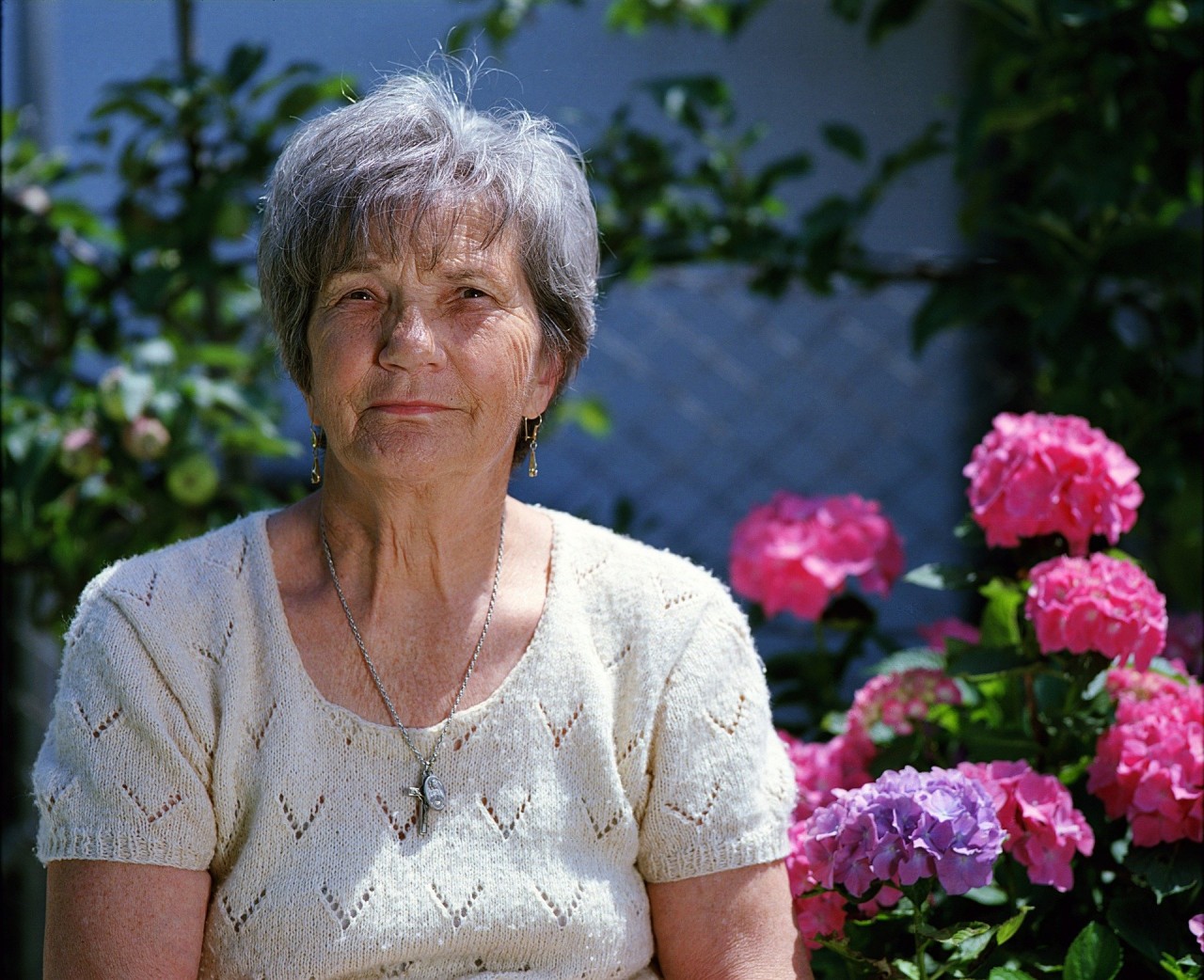Search
press Enter to search and ESC to close.
Varicose Veins

You likely have heard of varicose veins, have them yourself or have seen them on someone else. Varicose veins are large, twisted veins that have become elongated or thickened that are not able to properly control blood flow. These damaged veins most often occur in the legs and are visible on the surface of the skin.
Varicose veins and other venous diseases (spider veins, deep vein thrombosis, or chronic venous insufficiency) can be purely cosmetic or life threatening depending on the type and other conditions a person may have. It is important to share any signs or symptoms of varicose veins or other venous diseases you may be experiencing with your healthcare doctor to ensure treatment can be administered.
Symptoms include:
- Aching pain or swelling in the legs
- Enlarged veins visible at the surface of the skin
- Heavy feeling in the legs
- Legs become easily tired
- Darkening of the skin
- Numbness in the legs
- Irritated skin or excessive itchiness
In addition to the presentation of swollen, enlarged veins, other problems that can arise from varicose veins going untreated include ulcers, swelling and chronic pain in the legs. A serious concern resulting from untreated varicose veins is venous insufficiency, which is a severe pooling of blood in the veins that can slow down the return of blood to the heart.
Venous Insufficiency
Arteries carry blood away from your heart to the rest of your body, and veins carry blood back to the heart. When your veins have trouble returning blood to the heart, it is known as venous insufficiency. When the blood cannot return to the heart, it pools and collects in the veins of your legs. Valves in our veins stop blood from flowing backward, but damaged or missing valves can allow blood to leak backward.
The other main cause of venous insufficiency is blood clots. Blood clots can lead to pulmonary embolism or deep vein thrombosis, which can be life threatening and must be addressed by a physician. Blood clotting is normal and necessary to help our bodies recover from injuries. Blood clots at the site of a wound or cut to stop blood loss, but can also cause complications.
Clots can sometimes form inside an artery or vein, even if there is no injury, or a clot that formed to stop blood loss may not dissolve after the injury has sufficiently healed. If varicose veins or other venous diseases are present, a blood clot may further disrupt the flow of blood to your heart and other vital organs.
You can be at risk for forming a blood clot if you are overweight, smoke, are inactive or have fractures in your pelvis or lower extremities.
Venous insufficiency is more likely to occur in women in their 40s, and can be associated with hormone changes related to menopause but can also present in men in their 70s. Other risk factors include obesity and inactivity, so staying healthy and making an effort to exercise is important. While sitting too much can be a risk factor, standing for long periods of time can also increase the risk of developing varicose veins or venous insufficiency.
It is important to be vigilant to any physical signs or painful symptoms you are experiencing that might herald the onset of any kind of venous diseases. Talk to your healthcare provider or ask of one the nursing staff members at your nearest Heritage Health skilled care facility if you have questions about varicose veins, venous diseases or venous insufficiency. Learn more about our skilled nursing services at www.VillasSeniorCare.com.
